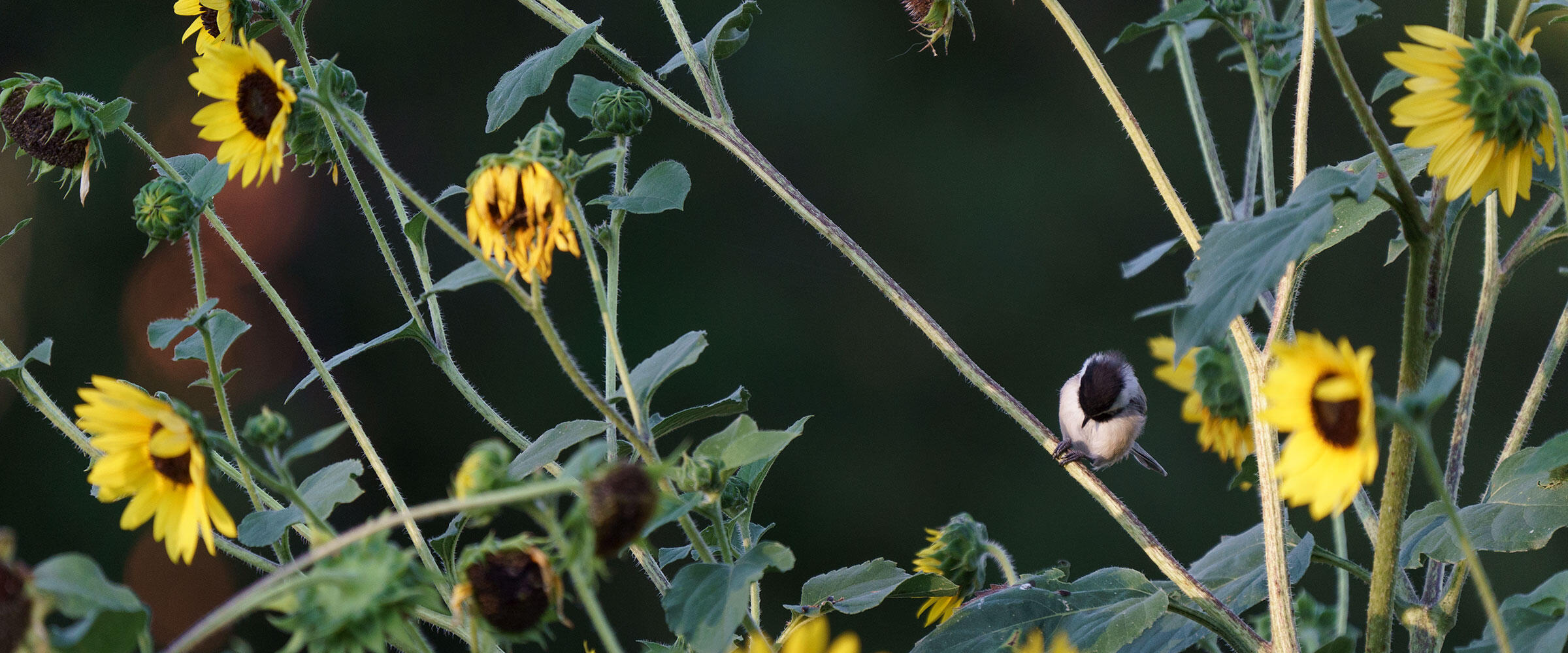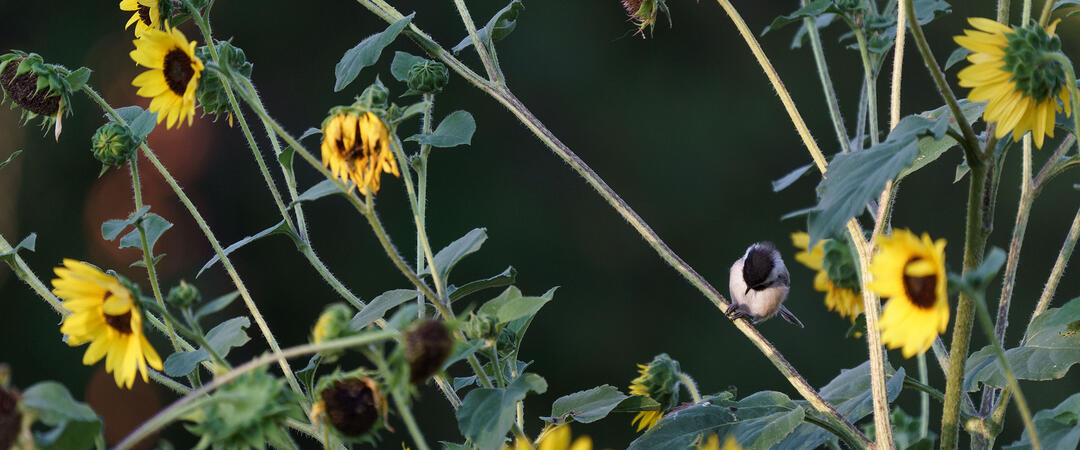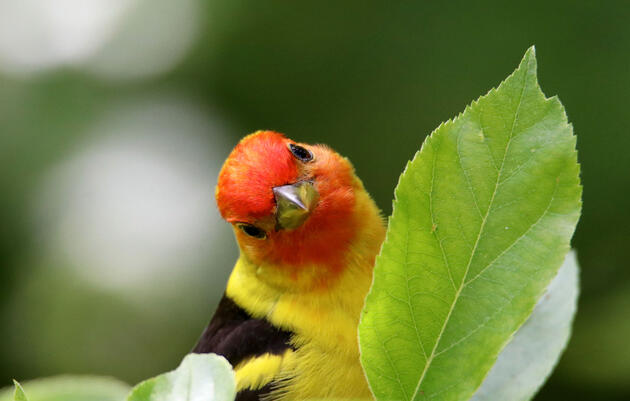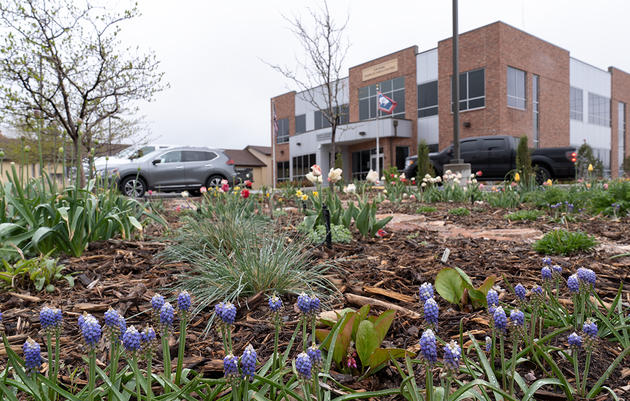It was late summer of 2017. I had just sat down on the back patio of my interviewee’s house, facing one of the most colorful and luxuriant gardens I’d ever seen. My interviewee, Marsha, handed me three or four pages of printed notes and told me she’d done a little preparation for our conversation, based on the questions I’d sent her earlier in the week. Reading through her meticulous notes about why she gardened for wildlife, I realized that if there were an expert among the two of, us it wasn’t me!
Marsha, like the other 10 people I interviewed that summer, was both a Habitat Hero and a Wildscape Ambassador—someone who both grows a bird-friendly garden at their home and encourages others around them to do the same. I was running these interviews to gather data as part of my PhD at Colorado State University, where I was studying what motivates people to get involved in pro-environmental behavior. This is a big topic in conservation social science, my field of research, because if we can understand what makes some people adopt sustainable behaviors, then we can get better at making nature conservation the norm across whole communities.
This past December, just over three years after those first interviews, my co-authors and I were able to see our research finally published in the journal Landscape and Urban Planning. What we identified—from interviews and a survey of all the people who had attended Wildscape Ambassador trainings in the past—was that there were a wide variety of different actions that Habitat Heroes were taking, and almost as many different reasons for acting.
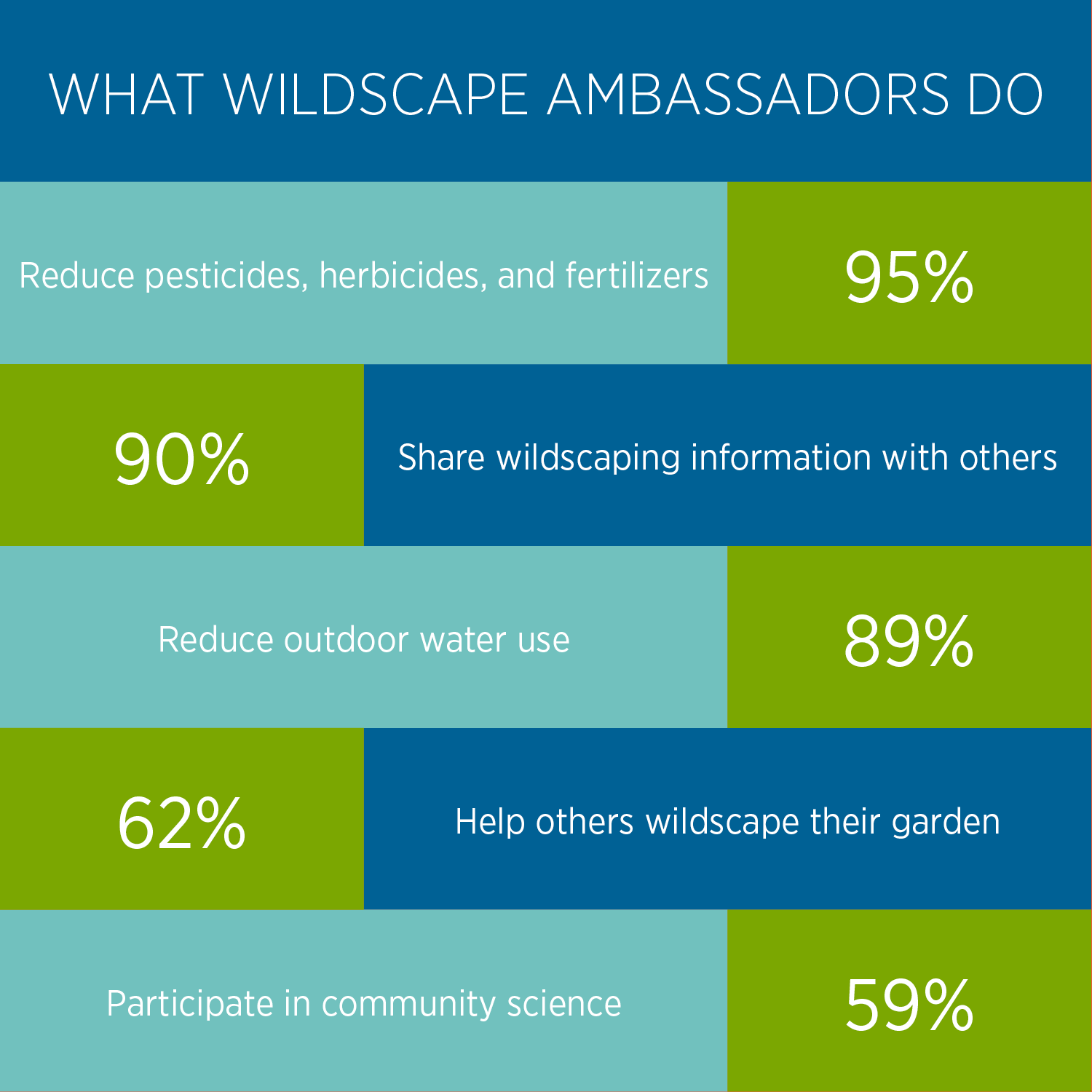
More than that, though, we noticed how much people’s actions and motivations for acting changed over time. So for instance, one person might start planting xeric or drought-tolerant plants because they wanted to save water or find hardy plants that could tolerate Colorado’s climate, but then get interested in providing habitat for pollinators and start planting Colorado natives instead. Or someone might be interested in making their own garden a refuge for wildlife and then find that the enjoyment and satisfaction they got from sharing a habitat with pollinators and birds (and the beauty of the plants themselves) made them want to spread the word to other people. Many of these more “outreach” behaviors seemed to emerge over time, and Habitat Heroes came up with a wide range of ways to encourage others, everything from planting the garden in an attractive design to seem appealing (and less messy!) to neighbors, to hosting a garden tour or sharing plants with friends.
One big thing we focused on in our research is that you can think of a town or city as a system. There are countless interconnections between the natural landscape, the human infrastructure, and the climate. All of them are shared by all the living beings: humans (and their pets!), birds, insects, mammals, and more. When people garden for wildlife or talk to their friends and family about what they enjoy about it, they are reacting to the different signals coming from this complex system around them.
“I feel a strong responsibility to help the planet, and gardening is a way that you can really do it…gardening is my way to help the bees, the flowers, the birds, and the Earth…I think that you can save the world one garden at a time.” —Jude, Wildscape Ambassador
Dry climate? I might think about trying out native plants. Grouchy neighbor, or finicky HOA? Maybe I start the garden in the back. But people are also shaping that system in their own right by making bird-friendly gardening more normal and more familiar to other people and providing small patches of habitat for climate-threatened birds and pesticide-threatened insects. Although we couldn’t study the effects of this in this research project, the hope underlying the Habitat Hero program is that these efforts in individual gardens will scale into larger benefits across the Front Range landscape and beyond.
We started this research study in the hope that it could help Audubon Rockies reflect and learn about how Habitat Hero is working, and hopefully help people and organizations get more interested in wildscape gardening. On a personal level, I was blown away by how knowledgeable the people I spoke with were about plants and gardening and the creatures that came to their yards. I was also so humbled by how thoughtful they were about the experiences that had gotten them started on these journeys and the ripple effects their actions might have on others. I hope my science can help pull out some of the patterns, but science is only one part of the puzzle. So the next time the opportunity arises, ask your neighbor or your friend what they’re doing in their garden to help wildlife. You might help them learn something, and their answer might surprise you!
If this article has made you curious about what you could do in your garden or your community, check out the Habitat Hero program or sign up for upcoming workshops. You can check out the full scientific article from this study online, or email Megan for a copy. Megan co-wrote the original scientific article with Jamie Weiss, Audubon Rockies’ Habitat Hero coordinator, and Megan’s PhD co-advisors, Drs. Tara Teel and Jennifer Solomon.

